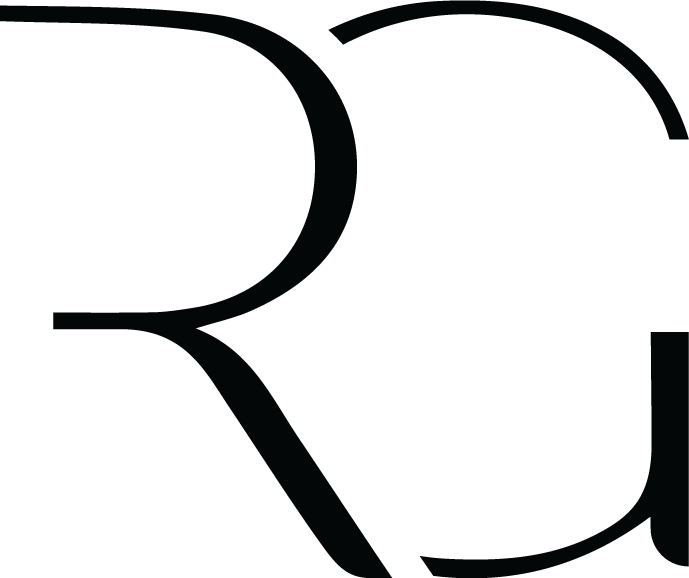Non-surgical facial rejuvenation refers to a range of treatments that allow you to enhance your facial appearance without going under the knife. From chemical peels and laser skin resurfacing for improved texture to microdermabrasion, Dr. Guida offers a comprehensive suite of treatments to reverse signs of aging and elevate your facial contours without incisions, surgeries, scarring, or downtime.
Chemical Peels
Chemical peels are non-surgical skincare procedures to rejuvenate the skin’s appearance by removing damaged outer layers and stimulating the growth of new, healthier skin cells. These treatments involve the application of chemical solutions to the face, which causes controlled exfoliation and shedding of the topmost layers of the skin. The depth and intensity of the peel can be adjusted for specific skin concerns, from mild exfoliation to more deep revitalization.
Chemical peels can effectively address various skin issues, including sun damage, fine lines and wrinkles, uneven skin tone, acne scars, and age spots. Superficial peels use mild acids like alpha-hydroxy acids (AHAs) to target the outermost skin layer. Medium and deep peels penetrate deeper layers of skin and use trichloroacetic acid (TCA) or phenol to address more significant concerns, such as deeper wrinkles and scars.

Laser Skin Resurfacing
Laser skin resurfacing is a non-surgical cosmetic procedure that can dramatically improve the appearance of the skin by targeting various concerns, including wrinkles, scars, fine lines, sun damage, and uneven texture. This treatment uses laser technology to remove damaged outer layers of skin, stimulating collagen production and revealing a smoother complexion. Laser skin resurfacing can be done using different types of lasers with varying wavelengths and intensities, ensuring optimal customization for different skin types.
During laser skin resurfacing, a high-intensity laser beam is directed onto the targeted area of the skin. The laser’s energy is absorbed by the water molecules in the skin cells, causing controlled thermal damage. This prompts the body’s natural healing processes to kick in, generating new collagen and elastin fibers that gradually replace the damaged tissue. As the skin heals, it becomes tighter, smoother, and more even in texture, resulting in a reduction of wrinkles, scars, and other imperfections.

Microdermabrasion
Microdermabrasion is a non-invasive exfoliation technique to improve the appearance and texture of the skin. This cosmetic procedure involves using a handheld device that sprays tiny crystals or uses a diamond-tipped wand to gently remove the outermost layer of dead skin cells. By exfoliating this superficial layer, microdermabrasion promotes skin renewal, leaving it smoother, softer, and more vibrant.
The exfoliation process is accompanied by gentle suction, which helps remove the exfoliated skin cells and stimulates blood flow to the treated area, further enhancing skin rejuvenation. Microdermabrasion is often used to address a range of skin concerns, including fine lines, dullness, uneven skin tone, mild acne scars, and enlarged pores. While microdermabrasion provides immediate results, multiple sessions may be recommended for optimal outcomes.

Non Surgical Testimonial

Non-Surgical Facial Rejuvenation FAQs
How long do results last for microdermabrasion?
The results of microdermabrasion are often visible immediately after treatment, with the skin appearing smoother, brighter, and more even in tone. However, the effects are not permanent, as the skin continuously renews itself. For optimal and long-lasting results, multiple sessions may be recommended, spaced about 2 to 4 weeks apart.
Is microdermabrasion painful?
Microdermabrasion is a gentle, non-invasive procedure and is generally not considered painful. Patients may experience a mild scratching or tingling sensation as the crystals or diamond-tipped wand exfoliates the skin, along with a suction feeling from the device. However, there is no pain, and the treatment requires no downtime.
What are the best types of laser skin resurfacing?
The best type of laser skin resurfacing depends on individual skin concerns and goals. Ablative lasers, like CO2 and Erbium lasers, remove the outer layers of damaged skin and are effective for deeper wrinkles, scars, and more significant skin imperfections. Non-ablative lasers, such as fractional lasers, work below the skin’s surface to stimulate collagen production. Dr. Guida will assess your skin and recommend the most suitable option based on your specific needs.
How much does laser skin resurfacing cost?
The cost of laser skin resurfacing varies depending on the type of laser used, the extent of the treatment area, and the number of sessions required. A consultation with Dr. Guida is the best way to get an accurate cost estimate.
What are the benefits of a chemical peel versus laser skin resurfacing?
Chemical peels and laser skin resurfacing both address skin texture, fine lines, and pigmentation, but they do so differently. Chemical peels use a chemical solution to exfoliate the skin. They are typically less expensive than laser treatments and may require less downtime, especially for superficial peels. Laser skin resurfacing uses laser energy to remove damaged skin layers and stimulate collagen production, which may involve a little more downtime. Dr. Guida can help you decide which treatment best suits your skin goals.

Revitalize Your Facial Contours Without Surgery
Dr. Robert Guida is a double board-certified facial plastic and reconstructive surgeon with a stellar reputation, boasting over 25 years of recognition as one of the “Best Doctors” in Castle Connolly Guide and New York Magazine. If you’re looking to revitalize your facial contours without surgery, consider a consultation with Dr. Guida. His expertise in non-surgical facial rejuvenation techniques ensures you receive personalized, effective treatments. Take the first step towards a refreshed and youthful appearance by scheduling your consultation.